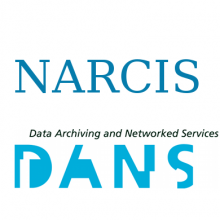Resource information
Guidance and security in large public buildings such as airports, museums and shopping malls requires much more information that traditional 2D methods offer. Therefore 3D semantically-reach models have been actively investigated with the aim to gather knowledge about availability and accessibility of spaces. Spaces can be unavailable to specific users because of plenty of reasons: the 3D geometry of spaces (too low, too narrow), the properties of the objects to be guided to a specific part of the building (walking, driving, flying), the status of the indoor environment (e.g. crowded, limited light, under reconstruction), property regulations (private areas), security considerations and so on.
However, such information is not explicitly avaible in the existing 3D semantically-reach models. IFC and CityGML are restricted to architectural building components and provide little to no means to describe such properties. IndoorGML has been designed to establish a generic approach for space identification allowing a space subdivision and automatic creation of a network for route computation. But currently it also represents only spaces as they are defined by the architectural layout of the building. The Land Administration Domain Model is currently the only available model to specify spaces on the basis of ownership and rights for use.
In this paper we compare the principles of IndoorGML and LADM, investigate the approaches to define spaces and suggest options to the linking of the two types of spaces. We argue that LADM space subdivision on basis of properties and rights of use can be used to define to semantically and geometrically available and accessible spaces and therefore can enrich the IndoorGML concept.


